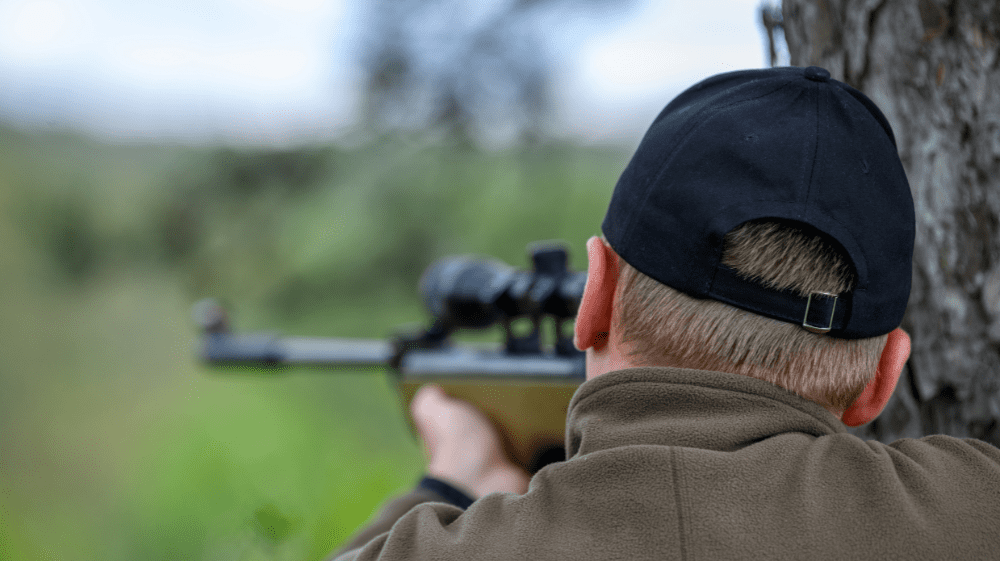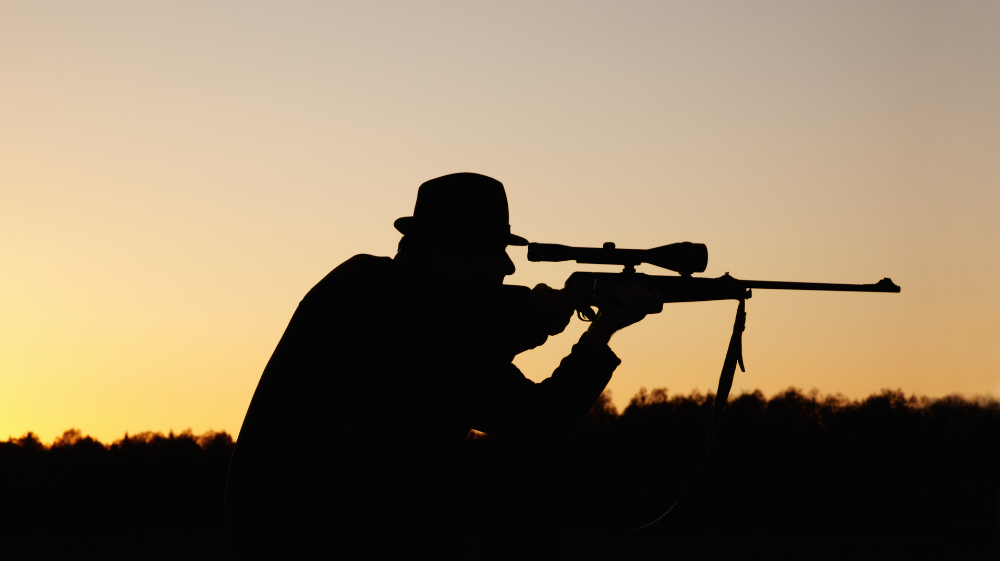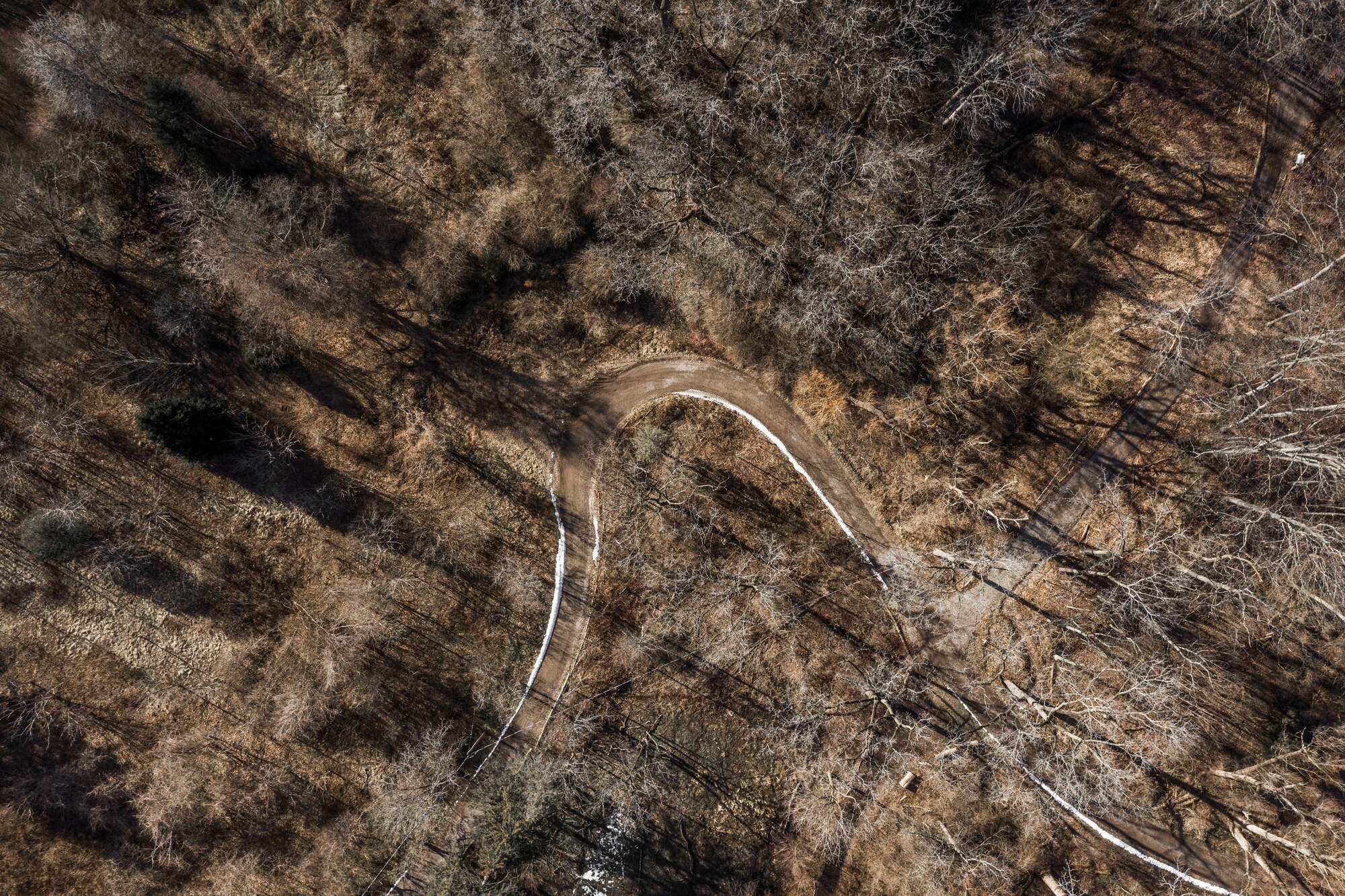The aerodynamics of a bullet in flight are described by a single number call the Ballistic Coefficient (BC). This obscure metric plays an outsized role in striking targets at long range. By equipping shooters to consider the BC in ammunition selection, this guide will unpack the significance of this number.
We’ll connect the physics of flight to downrange performance and demonstrate techniques to harness ballistic potential. While no substitute for consistent practice, matching your rifle system and conditions to leverage ballistic coefficients will shrink groups and extend ethical kill ranges. Master these principles to gain an edge on accuracy when precision matters.
(Reading Time: 6-8 minutes)
Bullet Aerodynamics Basics

The reason bullets aren’t simply blocks of lead is aerodynamics. Shape matters greatly resisting the forces of drag and wind to maintain velocity critical for energy on target. Sleek profiles part air efficiently while blunt shapes shed speed rapidly. Engineers describe this relationship numerically through an object’s ballistic coefficient or BC.
In simple terms, the BC tells us how well a bullet counters air resistance compared to a standard projectile. Like a Corvette vs. a brick through the atmosphere, a high BC bullet better holds velocity and resists drift. Understanding variations in bullet designs through this numerical performance measure will let you choose rounds delivering superior exterior flight.
Ballistic Coefficient Defined
Technically, the ballistic coefficient represents the ratio of a bullet’s sectional density - its mass divided by frontal area - to a standard projectile. Engineers simplify aerodynamic analysis by comparing new rounds against established baselines like the G1 or G7 models.
These reference dimensions create unity for assessing bullet profiles. Just know that higher BCs equate to flatter trajectories and better wind resistance. While mines of data underpin exterior ballistics, just memorize this framework as the standard system for numerically classifying bullet flight efficiency.
Bullet Mass
For identical profiles, heavier bullets carry more momentum downrange, resist crosswinds, and penetrate deeper on target. Combined with the scaling effects of Ballistic Coefficient though, projectile mass relates exponentially to residual velocity and kinetic transfer. Consider two .30 caliber rounds sharing G1 BCs of .531:
- 150 grain = 2330 ft-lbs remaining at 400 yards
- 180 grain = 2910 ft-lbs remaining at 400 yards
Though bullet construction plays a role, the additional frontal mass multiplied by a high BC pays significant dividends downrange. Remember it’s ultimately energy that causes terminal ballistic effects. Determine ideal bullet weights for your shooting application to balance recoil with optimum carry-downrange.
Caliber Choice

Bigger bore sizes intuitively seem beneficial by sheer blast, but calibers must align to intended usage. .338 Lapua rounds travel subsonically past 1600 yards, limiting max range compared to hot 6mm rounds despite dwarfed case capacity.
Likewise, a magnum cartridge in your truck gun won’t see ballistic potential shooting 25 yards in darkness. Consider too the exponential effects on noise and recoil when stepping up sizes. Ensure your caliber aligns with the job whether 100 yard deer drops or 1500 yard steel ringing. Match use case to projectile for best ballistic results.
Bullet Design Impact
Engineers sculpt bullet tips and tails to minimize drag and maximize stability according to purpose. Compare a flat-fronted lead round nose profile to a polymer-tipped boat tail hollow point to visualize design effects. Sharp points part air efficiently while tapered rear bases streamline airflow off the back end.
Varying ogive contours balance spin stabilization and shift centers of pressure forward. Thick jackets toughen construction for controlled expansion on animals. Premium hunting and match bullets utilize state-of-the-art manufacturing to push BC limits. Match your ammo to expected impacts for optimized flights.
Manufacturing Consistency
Uniformity equals accuracy with small arms ammunition. State-of-the-art CNC lathes produce bullets to 1/10,000 inch tolerance using space-age alloys. QA teams verify weight uniformity within single digit standard deviations per thousand rounds check targeting precision.
Downrange dispersion directly relates to variations in bullet friction and aerodynamics. Invest in premium rounds leveraging tight quality controls if pursuing long range accuracy. Ballistic consistency and downrange performance have never been higher with outlets competing fiercely.
Testing Your Ammunition

All the high-tech bullet design means naught without verifying performance. Chronograph new ammo with your firearm at set distances to validate velocities align with printed specifications. Visual cues like vapor trails also help assess in-flight stability.
Observing bullet drop and wind drift then inputting real-world data into ballistic solvers fine tunes outputs for corrections dialing onto distant silhouettes. Once certain ammunition shoots accurately from your barrel, stockpile surplus for optimum results. Remember consistency equals precision.
Adjust Ballistics Software
Input not only environmental conditions like altitude and humidity but also your exact firearm specifications including barrel length and rifling rate of twist. Dial in not just the stated G1 BC but actual muzzle velocities and wind values based on flags or mirage readings. Observe trace vapor abnormalities indicating unstable bullet yaws or oscillations requiring tuning.
Refine firing solutions until observed impacts align predictably with software outputs. Ballistic apps crunching aerodynamic models mean little without correlating to empirical shot observations. Adjust profiles and settings until satisfactory alignment is achieved across real world shooting.
Fine Tune Selection
If after best efforts you fail achieving acceptable precision, try another bullet weight or brand known for exceptional accuracy. Slight aerodynamic variations between production lots exist even among premium ammo. Test multiple weights and manufacturers to determine the optimal round for your barrel.
Match projectiles to hunting conditions as well balancing terminal specifications like controlled expansion and penetration. There exist no universally optimum bullets, only the best marriage of gun platform to ammunition to application.
Consistency Means Accuracy
Whether punching paper or game animals, consistency remains the compass heading for precision shooting. Once discovering the bullet harmonizing with your barrel, stockpile a surplus to preclude cycling lots in the field. Follow ammunition break-in protocols for new firearms to accelerate smoothing process. Always employ the same holds, wind adjustments, positions, and mindset for replicating results derived through past practice.
BC represents merely one axis determining downrange outcomes. While a solid conceptual foundation on bullet flight dynamics guides appropriate ammunition selection, nothing yet engineered surpasses consistency obtained from repetitive practice with a fine-tuned system.
Conclusion
Ballistic coefficient simplifies the engineering concepts governing exterior trajectories into an understandable figure of merit bullet shoppers can leverage selecting ammunition. Mind the BC along with mass to interpret carry-downrange potential measured in energy delivery upon targets.
Further refine analysis by charting actual bullet behavior from your firearm against predicted flight paths and impact coordinates. While extensive trial testing entails ammunition expense, uncovering the rounds harmonizing with your gear for peak accuracy will prove well worth the investment long term through extended ethical kill ranges on game.







